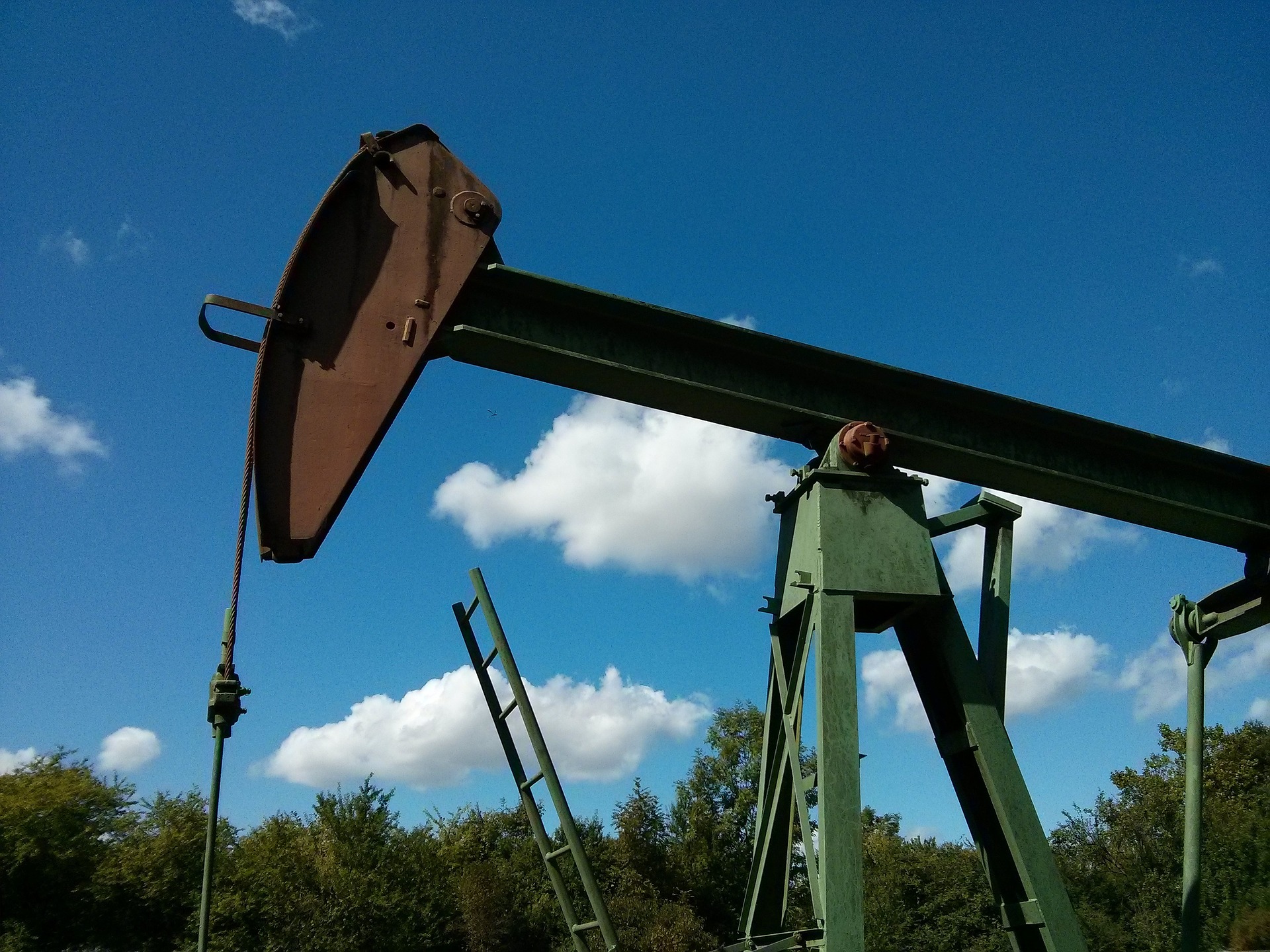 “We bought a home.”
“We bought a home.”
It’s a simple idea that means so much more. When new homeowners say it, they mean they bought a house, either by purchasing an existing one or building one on a piece of land. But what is actually purchased? Is it more than simply the improvements on the land? Most people assume that when someone buys a home, they have, of course, bought the land, too. Nobody says, “We just built our first home, and we also purchased the land underneath it.” It’s understood that the land as well now belongs to the homeowner. But, in the commercial real estate world, it is common to see “land leases” where the ownership of the land is different from the ownership of the improvements (e.g. buildings) on the land parcel.
The ownership of land in the United States is slightly different than the ownership, of say, a couch or a car. In the case of land, it’s the rights or the interests of the property that buyers own after purchase. These rights break down into three areas:
- Right of use – The owner can determine how the property will be used or whether it will be used at all. However, these rights are often subject to restrain based on local laws and statutes.
- Right of exclusion – Anyone who does not have a claim on the property cannot receive economic benefit from enjoyment of the property. This is also known as excludability.
- Right of transfer – The owner can trade one resource at the property for another resource. This is also known as transferability; the owner of the rights can transfer the rights to another person at an agreed upon price or under certain conditions (e.g. death).
The so-called “bundle of rights” also means that owners can sell some of their rights and retain others. One common practice in certain areas of the U.S. is for owners to transfer underground (or subsurface) rights via right-of-way easements and mineral leases. Underground easements allow other parties to build underneath the property. This is often seen with oil and gas pipelines. Mineral leases differ because the other party is not paying for the rights of the underground area, but instead they are allowed to remove specified minerals from under the surface.
Recently, mineral leases have adapted to include natural gas extraction through processes like hydraulic fracturing, better known as fracking. Subsurface rights are not inherently part of a land deal. Depending on a property’s sale history and state and local laws, the subsurface rights might not be connected to the property rights the owner originally purchased. This can cause conflict if the subsurface rights are not connected when a company wants to build or drill below a home because surface owners are limited in their ability to receive payment for the usage.
In part 2 of our look at subsurface rights, we’ll examine fracking and how it has changed the perception of subsurface rights and related valuation issues.






Recent Comments